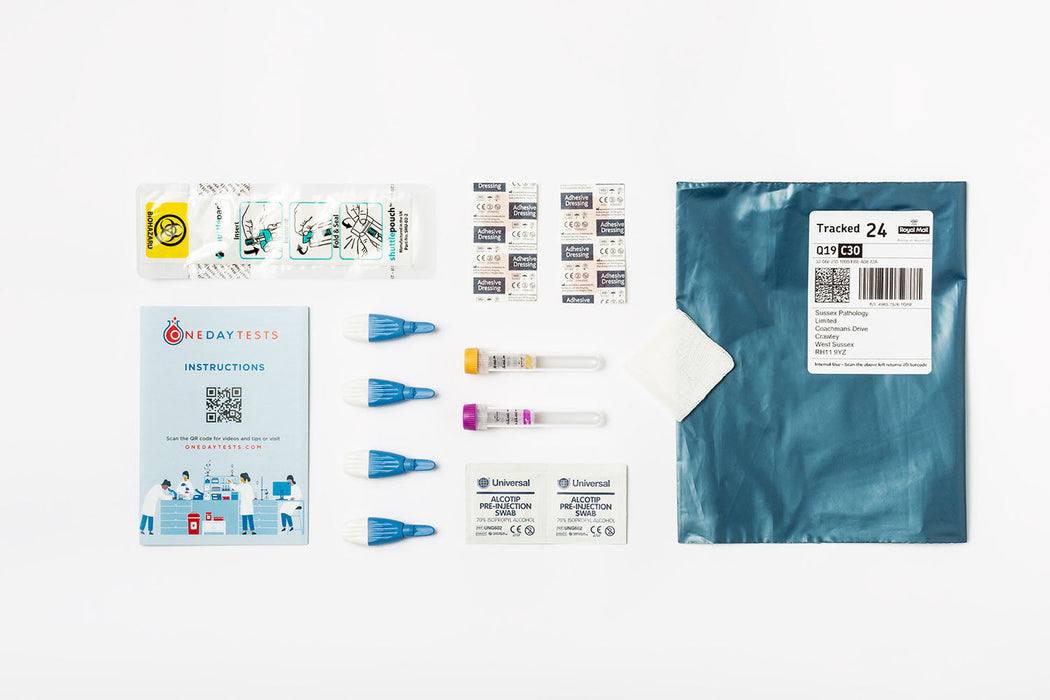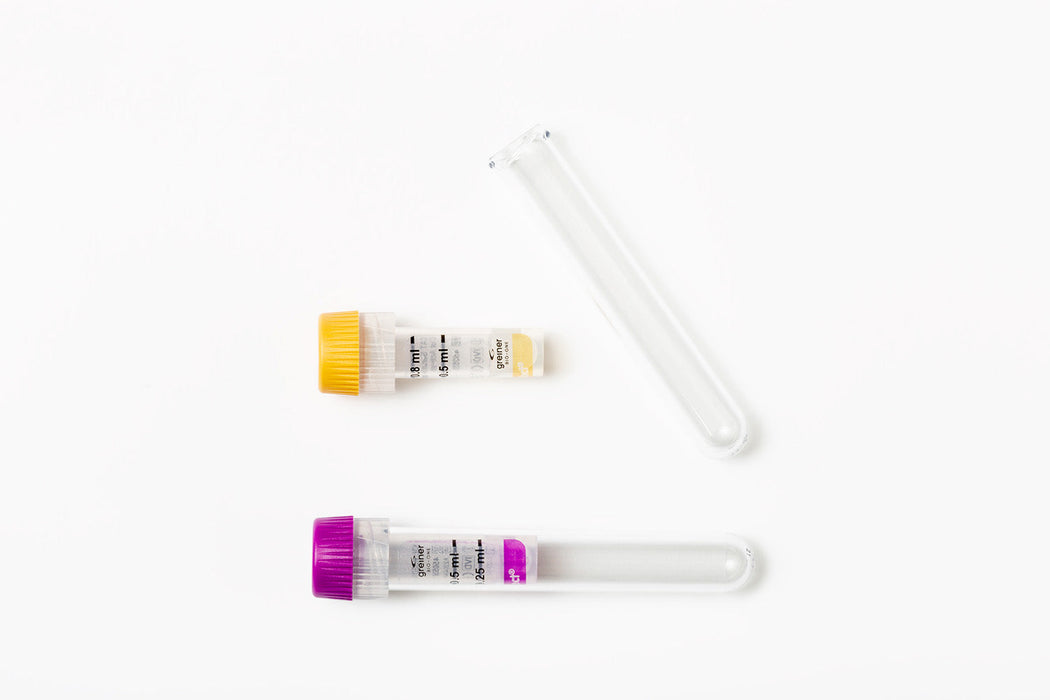What is it?
Mean Corpuscular Haemoglobin (MCH) measures the average amount of haemoglobin in each of your red blood cells. It is a ratio, calculated by dividing the amount of hemoglobin in a given volume of blood by the number of red blood cells counted.
Interpretation
This represents a very subtle changes in the full blood count. Abnormalities in this biomarker are not unusual and do not normally represent any significant problem when there is no major abnormality of the other biomarkers.
Reference ranges
If your indicative MCH count is lower than the reference range for our laboratory:
Typically, a lower MCH value would indicate an iron deficiency anemia. Haemoglobin requires Iron in the process of production and if you are seeing a lower value of MCH it is usually because your diet is low in iron.
It could also be low after a surgery, blood loss or trauma.
It could also mean that a low MCH is caused by a generally low number of red blood cells in the blood.
You can see your RBC count as part of these results, perhaps the production of haemoglobin is limited, hence the lower MCH.
Generally, symptoms of rapid heartbeat, fatigue and weakness, paleness and headache, as well as chest pains and shortness of breath go together with the lower MCH readings.
We would suggest speaking to your GP if you are experiencing any of these symptoms.
If your indicative MCH count is higher than the reference range for our laboratory:
Typically, a higher MCH value would indicate anaemia due to a deficiency of B vitamins.
In particular, lack of B12 and folate are generally responsible for this. Both are required for the production of red blood cells, so if your diet is low in B12 or your body is struggling to absorb B12/folate in order to use it for red cell production.
Shortness of breath, rapid heartbeat, tiredness, pale skin and headache are typical symptoms of vitamin deficiency. More severe symptoms can include nausea, diarrhoea as well as depression and confusion.
If your MCH is high, we suggest speaking to your GP about the need for further investigations to find the cause of high MCH.




















